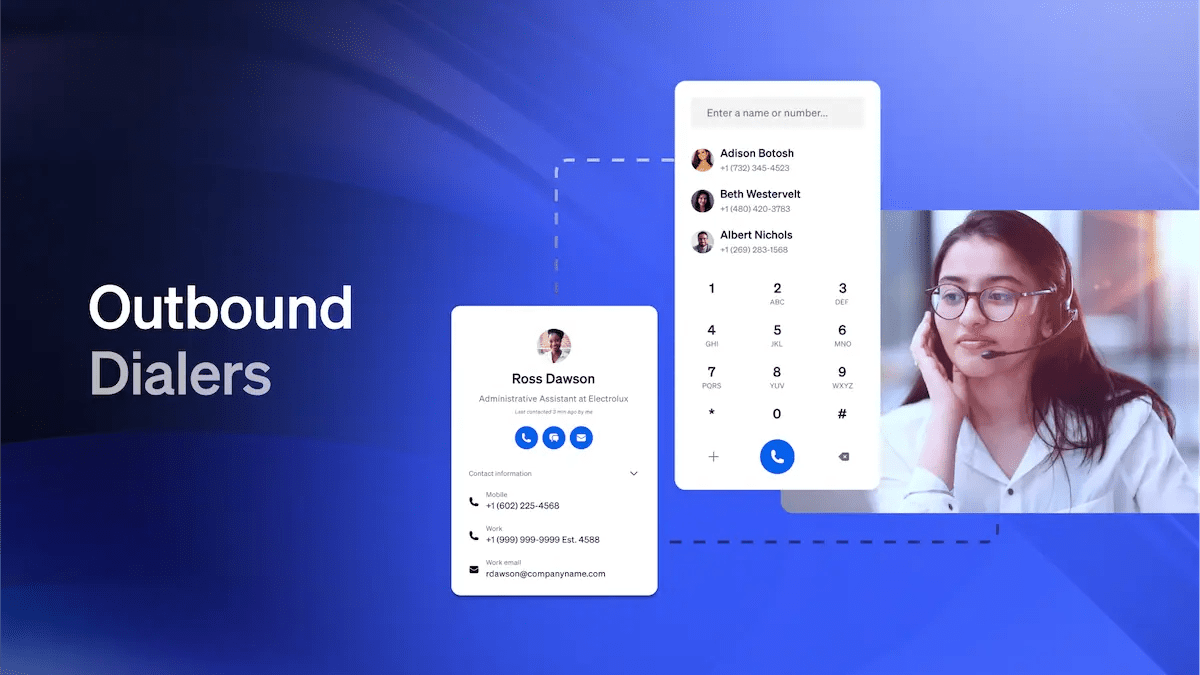Still losing hours to manual dialing and voicemail landmines? Outbound dialers can fix that.
If your business relies on making calls to prospects, customers, or leads, an outbound dialer isn’t just a tool — it’s a game changer. Modern outbound dialers automate your calling process, eliminate wasted time, and help your team connect with more live contacts than ever before.
In this guide, you’ll discover how an outbound dialer empowers your team to reach higher productivity, boost campaign efficiency, and deliver outstanding customer experiences, all while streamlining compliance and providing actionable insights.
What Are Outbound Dialers?
An outbound dialer is a cloud-based telephone dialing system used in contact centers to make outgoing calls. It’s sometimes referred to as an auto dialer (or automated dialer). The purpose of an outbound dialer is to connect live agents with prospects in a reliable and professional manner.
Instead of searching for contacts and dialing numbers manually, outbound call center software automatically dials numbers on a contact list and routes answered calls to available agents. This allows agents to focus on actual customer conversations instead of getting bogged down by manual dialing and other time-consuming tasks.
Outbound dialers also reduce downtime between outbound calls and increase the number of successful connections with customers — making your call center more efficient.

4 Main Types of Outbound Dialers
Call centers deploy one or more of these outbound dialer software.
1. Predictive dialers
A predictive dialer places calls to multiple numbers simultaneously, aiming to connect agents to a live person as soon as they’re available.
It uses algorithms to forecast when an agent will be done with a phone call and makes multiple calls ahead of time. It then routes the next answered call to the agent as soon as they complete their current conversation.
Predictive dialing is typically used in environments with high call volumes such as telemarketing campaigns. It ensures that agents spend more time speaking with customers and less time waiting for calls to be answered — boosting agent efficiency and productivity. However, good forecasting is required to avoid overwhelming agents with calls.
2. Progressive dialers
A progressive dialer places calls to one number after another based on the agent’s availability.
Unlike predictive dialers that dial multiple numbers while the agent is still on a call, progressive dialers only dial the next number on the list after the agent has finished the conversation and is available to take a new call.
This gives the agent a bit of time to review customer information, allowing for more personalized outbound calls. Progressive dialing is often used in outbound sales and customer service environments where personalized and attentive customer interactions are crucial.
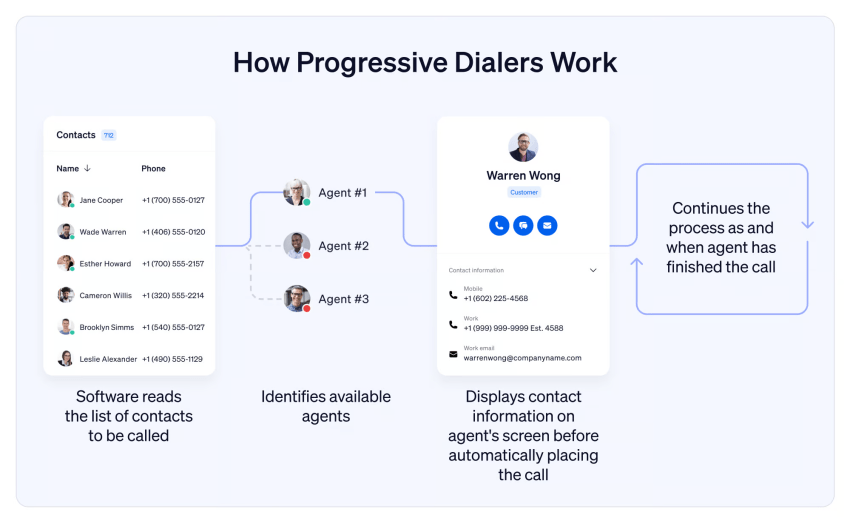
3. Power dialers
A power dialer gives live agents more control and flexibility over the outbound calling sequence.
Unlike progressive dialers that dial the next customer as soon as the agent completes a phone call, power dialers allow the agent to determine the speed for automated outgoing calls.
For example, let’s say you want to take a quick break after every call. In that case, you can configure the power dialer to automatically dial the next phone number on your call list one minute after a conversation.
Due to its high degree of flexibility, power dialers work best for contact centers with low call volumes and those seeking highly personalized interactions.

4. Preview dialers
A preview dialer allows agents to view customer details before the system initiates the next outbound call.
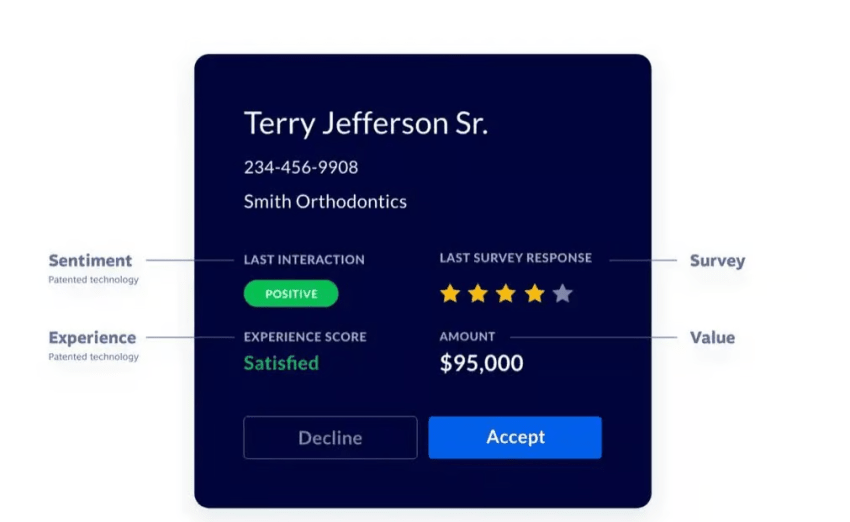
Unlike progressive or power dialers that automatically place the next call based on agent availability or timing, preview dialing give agents the opportunity to manually initiate each call after reviewing the contact’s profile, history, and any relevant notes.
This approach is ideal for situations that require thoughtful, personalized outreach — such as high-value sales calls, sensitive collections, or complex customer service scenarios.
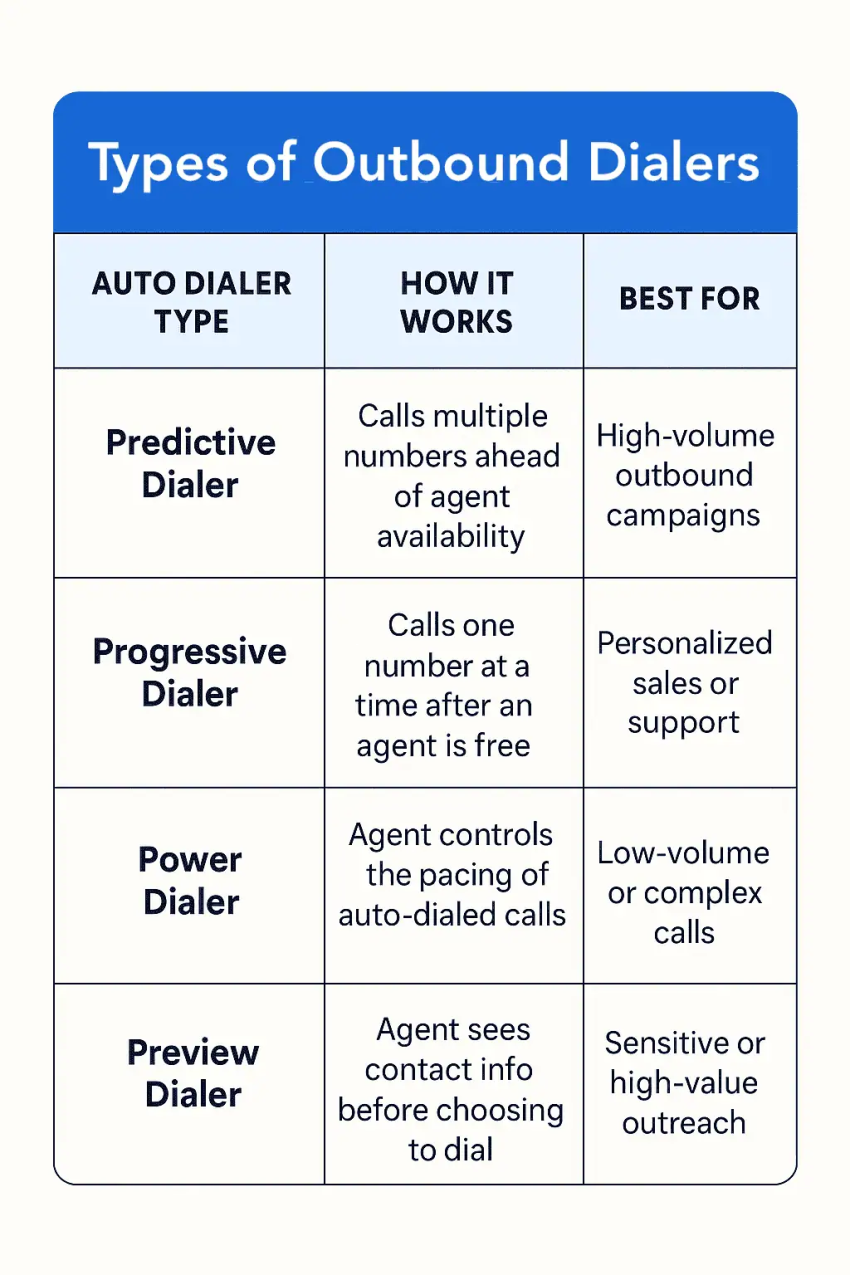
Benefits of Outbound Dialers
Let’s look at a few reasons why outbound auto dialer software is an excellent addition to your outbound call center.
1. Improves contact rates
An outbound dialer reduces the idle time agents experience between calls.
The system automatically dials the next number as soon as an agent is available, minimizing downtime and keeping agents engaged in active calls. That way, they can speak with more people — boosting agent performance.
Most outbound dialers have a filtering feature for weeding out unproductive calls, such as busy signals, no-answers, disconnected numbers, and answering machines. This means agents spend more time speaking with actual contacts rather than dealing with these interruptions.
2. Boosts campaign efficiency
An outbound dialing system streamlines your marketing outreaches and similar campaign efforts.
Automated dialing modes, such as predictive, power, and preview dialers, reduce downtime and ensure that your agents spend more time talking to potential customers than manually dialing numbers.
An outbound dialing system can prioritize and segment your call lists based on predefined criteria, ensuring that the most critical calls are made first. It uses intelligent routing and automatic call distribution to direct live conversations to the most appropriate agents, balancing workloads and enhancing call outcomes.
3. Increases agent talk time
Picture this: You’re an agent who needs to make 1,000 phone calls for a predictive dialer campaign. You manually dial each number on your call list and wait for a response before moving to the next one. It’s a tedious process — apart from all the time spent, you might mix up a few numbers.
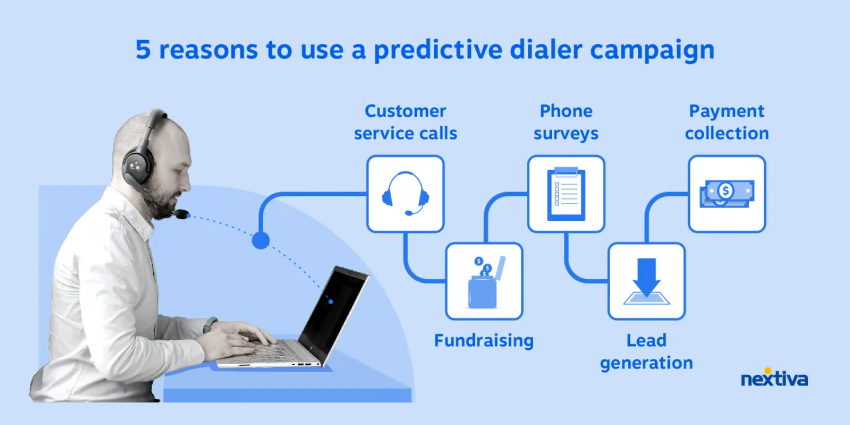
An outbound dialer solves this problem. It automatically dials numbers and connects agents to answered calls, minimizing errors and wait times. Agents get more talk time and can focus on having productive conversations with prospects and customers.
4. Provides data-driven insights
Outbound call center software provides insights into the performance of outbound calling campaigns, agent productivity, and overall call center performance.
First, it provides high-level metrics, such as the total number of calls made, answered, and missed. Then you can drill down further to monitor the number of calls per agent, average call length, and the average time agents spend between calls.
You’ll use these insights to improve outbound campaigns and optimize call center operations. For example, let’s say you discover that some agents spend too much time on calls. You can provide scripts to guide conversations and help them complete calls more efficiently.

Bonus: Integrates with CRM systems
Outbound dialers sync data with CRM software like Salesforce, providing a unified view of customer interactions and campaign results.
CRM integration allows agents to access up-to-date customer information in the dialer to personalize interactions. Any updates in the dialer are automatically reflected in the CRM software, giving you accurate customer information.
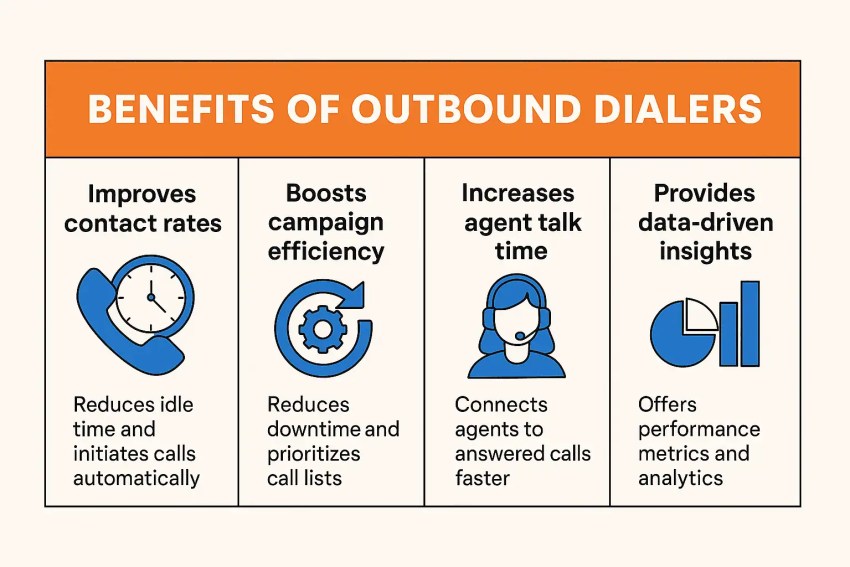
Use Cases and Examples of Outbound Dialers
Outbound dialer systems are useful for every aspect of your organization.
1. Sales and marketing
An outbound dialer is integral to successful sales and marketing campaigns. You can use them for cold calls to introduce products or services, follow up with leads and sales conversations, and set up appointments for sales meetings, product demonstrations, and consultations.
Sales teams can also use outbound dialers to engage with existing customers for upselling, cross-selling, or renewals to maximize customer lifetime value.
2. Customer service
Outbound calling software makes it easy for customer service teams to facilitate one-on-one conversations with your users and collect real-time feedback.
They’ll use it to administer customer satisfaction surveys and collect qualitative feedback on your products and services for marketing insights. This process personalizes the feedback collection, allowing you to uncover a valuable perspective to improve the overall customer experience.
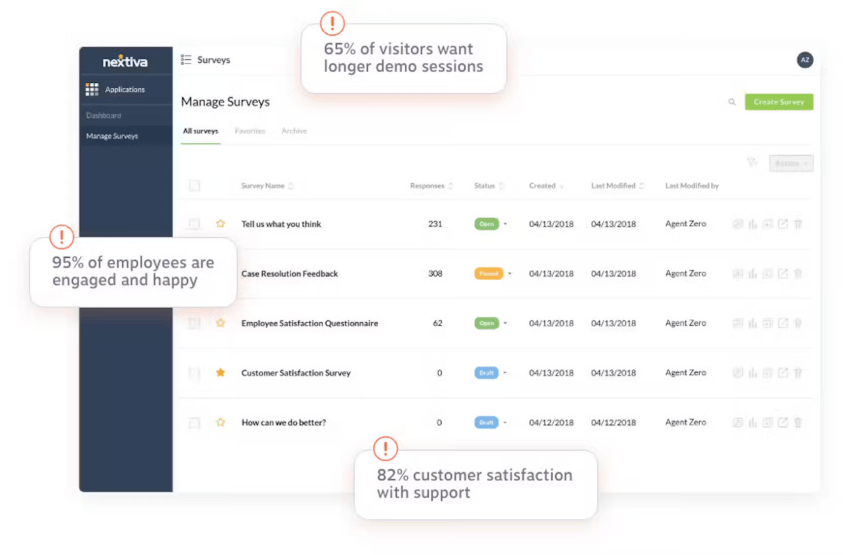
3. Debt collection & payment reminders
Use outbound dialers to follow up on outstanding payments and work out a repayment plan.
You can develop and load call scripts into the dialer to guide agents’ conversations with debtors — ensuring that they comply with the Fair Debt Collection Practices Act and other related legal requirements.
Outbound dialing solutions also have call recording and monitoring features for tracking agent-customer interactions, maintaining call quality, and improving call center performance.

4. Nonprofit fundraising
Nonprofit organizations can use outbound dialers to reach out to potential donors and supporters to share information about their cause, upcoming events, and fundraising campaigns. These personalized conversations help you build stronger relationships with the people passionate about your nonprofit’s causes — typically translating into more donations and awareness.
Outbound dialers also play a crucial role in recruiting volunteers for various nonprofit activities and events. You’ll use it to contact individuals interested in volunteering, learn more about their motivations, and find the perfect fit for your team. It’s a great way to quickly build your volunteer base and support network.
TL;DR — 4 Types of Outbound Dialers & Ideal Use Cases
| Dialer Type | Call Timing | Ideal Use Case | Pros | Cons |
|---|---|---|---|---|
| Predictive Dialer | Dials multiple numbers ahead of agent availability | High-volume outbound campaigns | Maximizes agent talk time | Risk of dropped or abandoned calls if pacing is off |
| Progressive Dialer | Dials next number only when agent is free | Personalized sales or support | Balanced pace and personalization | Slower than predictive dialers |
| Power Dialer | Agent sets the pace of dialing | Low-volume or high-value outreach | Full agent control and flexibility | Lower call volume throughput |
| Preview Dialer | Agent reviews contact info before dialing | Sensitive or complex conversations | Allows tailored, informed interactions | Slower and less efficient for bulk calling |
Elevate Your Outbound Calling with Nextiva
Nextiva’s unified contact center platform empowers your agents to seamlessly handle both outbound and inbound calls from a single, easy-to-use interface. With deep integrations to your CRM and customer data sources, your team gains instant access to the information they need for personalized, effective conversations — boosting productivity and customer satisfaction.
Designed for businesses at every stage, Nextiva offers flexible, scalable pricing plans and powerful features like automated dialing, real-time analytics, and workforce management tools. Whether your team is remote or in-office, Nextiva’s cloud-based solution ensures reliable, high-quality communication that grows with your business.
Discover how Nextiva can transform your outbound calling strategy and help your business connect smarter, work faster, and close more deals. Explore Nextiva’s contact center solution today. 👇
Top Ranked AI-Powered Contact Center Solution
Powerful inbound and outbound contact center that will transform your customer interactions, save you time and money, and reduce agent stress.
Outbound Dialers FAQs
Find answers to frequently asked questions about outbound dialers.
Outbound dialers are legal in many jurisdictions, but there are usually regulations that govern their use.
In the United States, for example, the Telephone Consumer Protection Act and the Telemarketing Sales Rule impose restrictions on using outbound dialers for telemarketing and commercial purposes. Research Do Not Call lists and follow telemarketing laws in your region to ensure full regulatory compliance when using outbound dialers.
In most cases, yes. Typically, agentless dialers used for surveys and reminders can send pre-recorded messages. In some instances, outbound agent dialers have a voicemail drop functionality that allows call center agents to leave pre-recorded messages when unanswered calls go to voicemail.
Outbound dialers improve key performance indicators (KPIs) by automating repetitive tasks, increasing agent talk time, and optimizing call routing. They reduce idle time between calls and filter out unproductive numbers like voicemails or busy signals, allowing agents to focus on live conversations.
This leads to higher contact rates, more calls per agent per hour, and improved conversion rates. Additionally, an automated outbound dialer provides real-time analytics on metrics like call duration, connection rate, and agent performance — helping managers fine-tune their outbound campaign and boost overall efficiency.
There are four main types of outbound dialers:
Predictive dialer: Dials multiple numbers ahead of time and connects answered calls to available agents — ideal for high-volume campaigns.
Progressive dialer: Calls one number at a time, only after an agent becomes available — useful for personalized interactions.
Power dialer: Lets agents control the pacing of outgoing calls — great for smaller teams or high-value conversations.
Preview dialer: Allows agents to view customer details before manually initiating the next call — best for complex or sensitive outreach.
Not exactly — but they’re closely related. Auto dialer is a broad term that refers to any system that automatically dials phone numbers from a list, eliminating the need for manual dialing.
Under this umbrella, there are several types of dialers, including predictive, progressive, power, and preview dialers. So while every predictive dialer is an auto dialer, not every auto dialer is predictive. Think of “auto dialer” as the technology and “predictive dialer” as one of the advanced methods it uses to maximize efficiency.
An auto dialer is the technology that automatically dials phone numbers. An outbound dialer refers to the function or purpose of that technology — making outgoing calls in a contact center. Predictive, progressive, power, and preview dialers are all types of auto dialers used in outbound dialing campaigns.


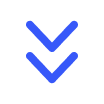














 Customer Experience
Customer Experience 

